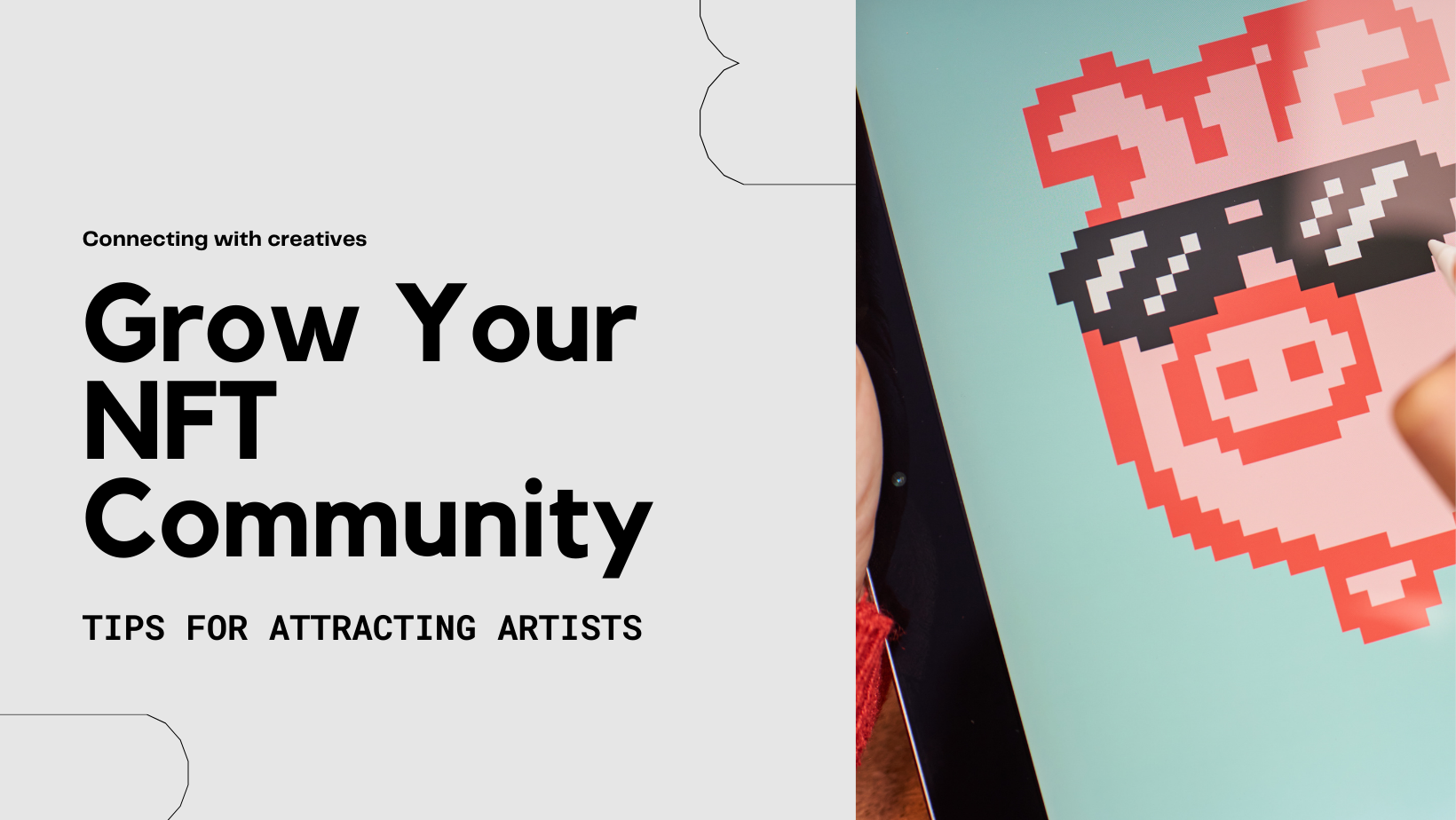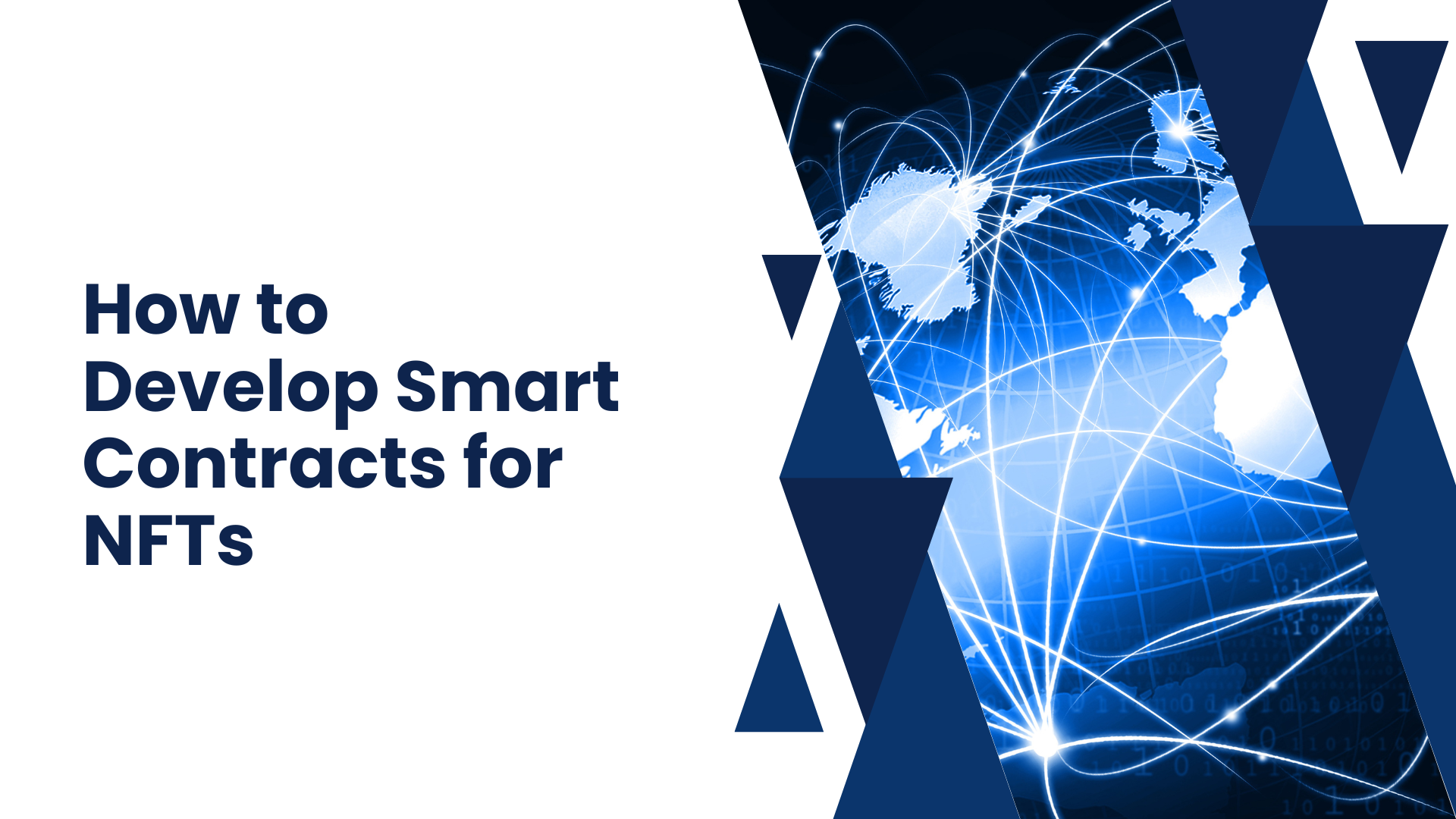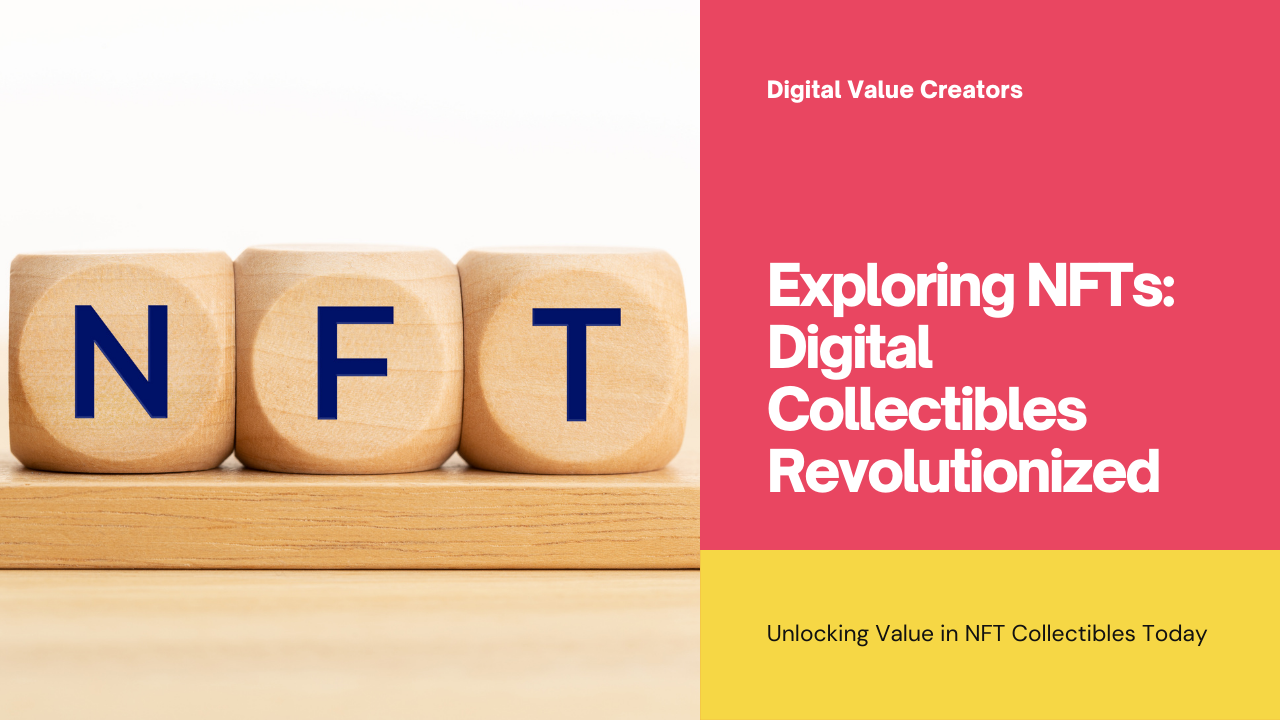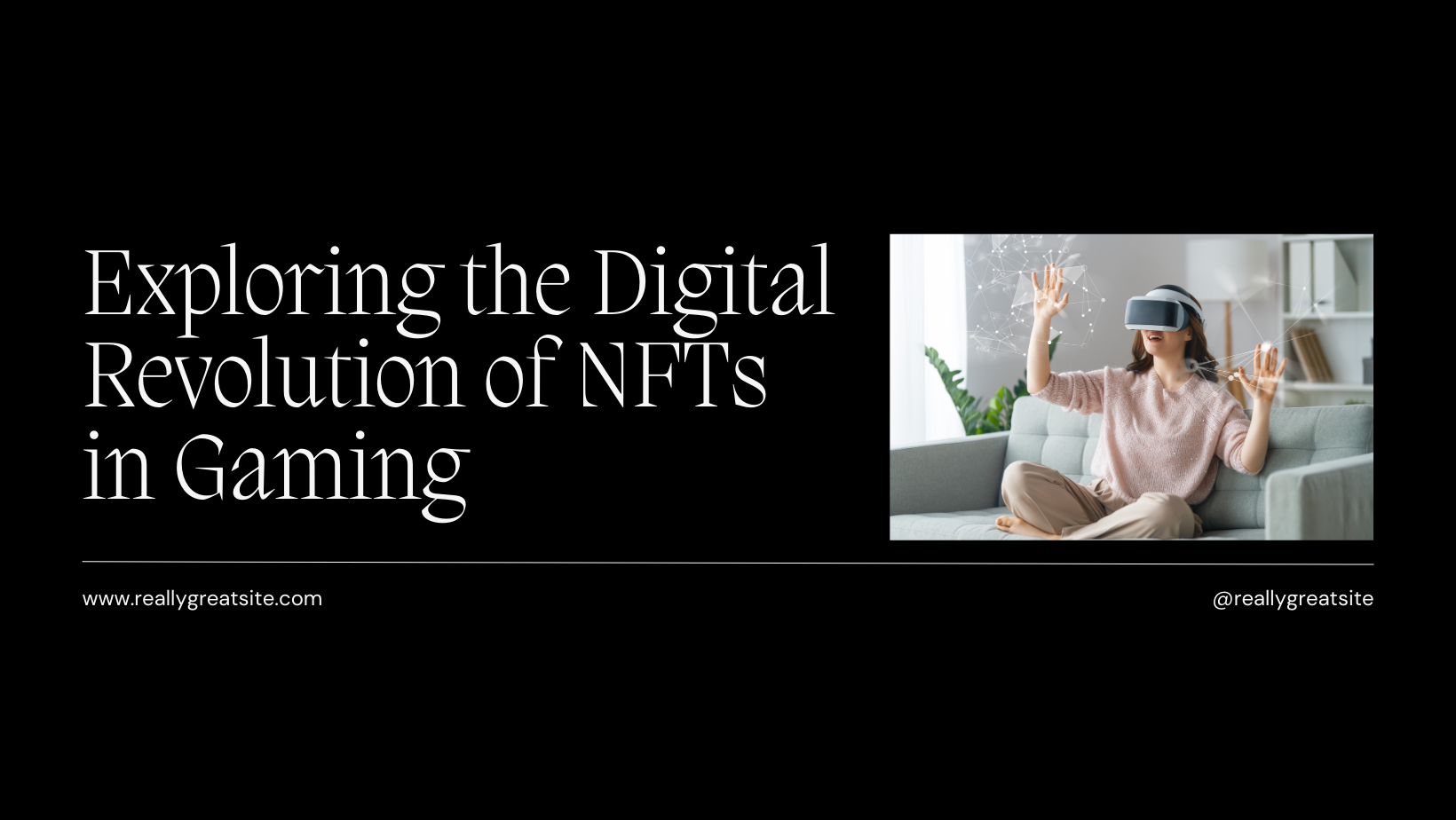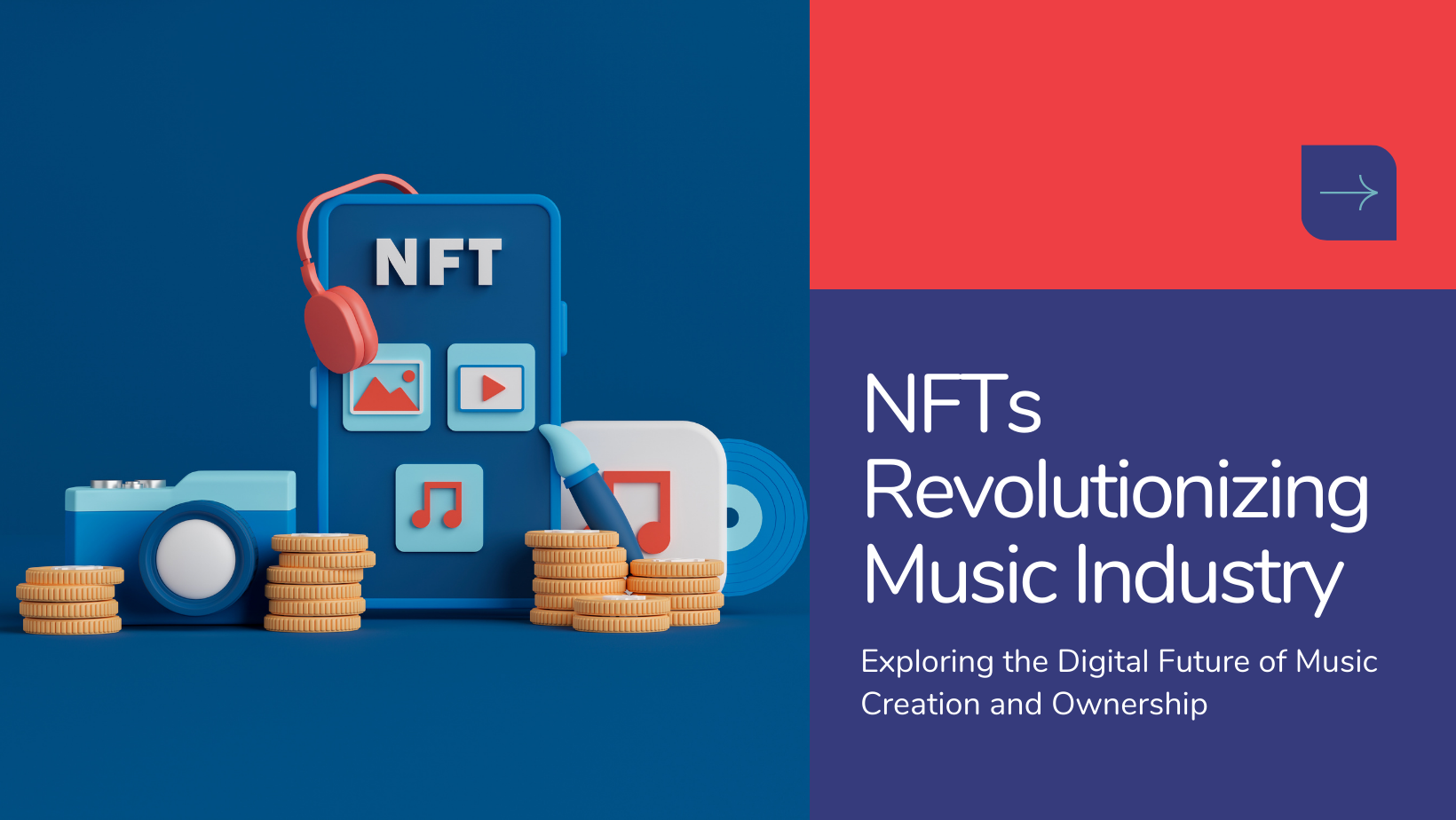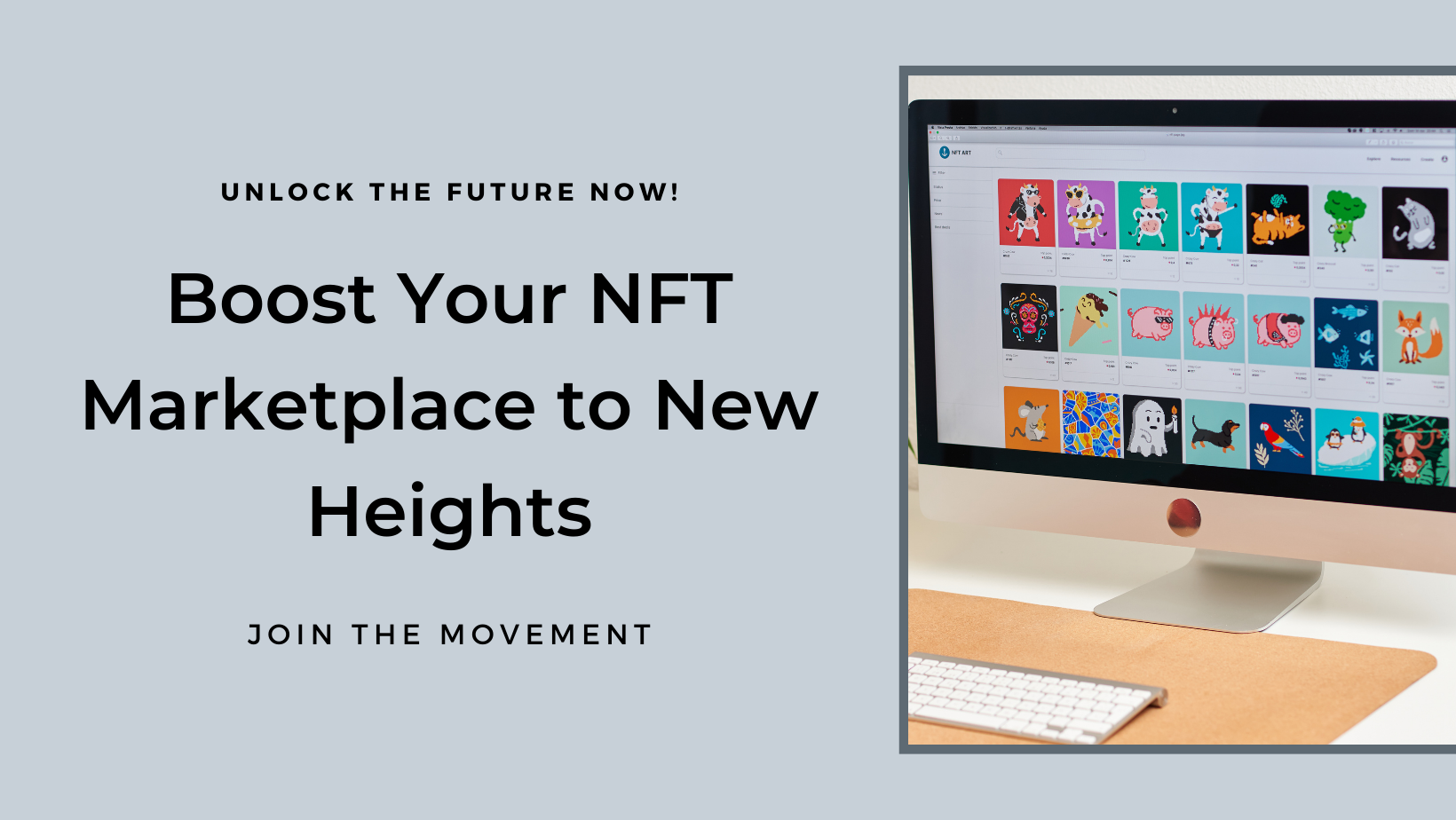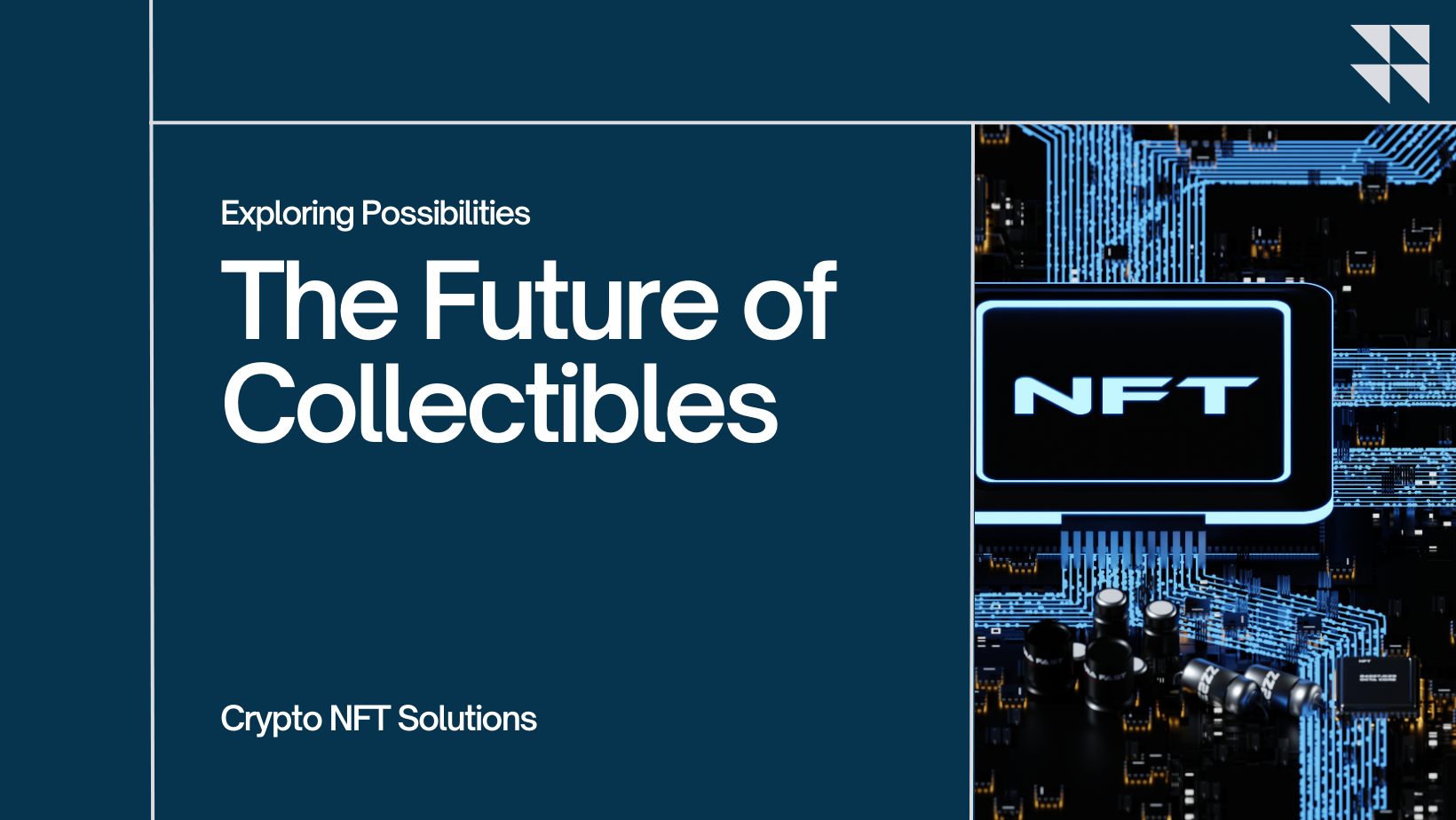In the rapidly evolving landscape of digital art, Non-Fungible Tokens (NFTs) have emerged as a revolutionary way for artists to tokenize and sell their work. For NFT marketplaces like yours, attracting talented artists is crucial not only for curating high-quality content but also for fostering a vibrant community of creators and collectors. Here’s a comprehensive guide on how to attract artists to your NFT marketplace and establish it as a go-to platform in the digital art world.
1. Create a User-Friendly Platform
First impressions matter. Ensure that your NFT marketplace is intuitive, visually appealing, and easy to navigate. Artists should find it straightforward to upload their work, set prices, and manage their collections. User experience (UX) is paramount; optimize load times, simplify registration processes, and provide clear instructions for minting NFTs. A seamless platform encourages artists to showcase their creations without technical hurdles.
2. Offer Competitive Fees and Terms
Artists are sensitive to fees and revenue sharing models. To attract top talent, offer competitive commission rates and transparent fee structures. Consider incentives such as lower fees for exclusive or high-value artworks. Flexible payout options and clear terms of service build trust and demonstrate your commitment to supporting artists’ financial success. Highlight these advantages prominently on your marketplace.
3. Promote Artist Ownership and Control
Respect artists’ intellectual property rights. Implement robust copyright protection measures and allow creators to retain ownership of their work. Empower artists with tools to track sales, manage licenses, and enforce copyrights. Transparent rights management fosters a supportive environment where artists feel valued and secure, encouraging them to list their best work on your platform.
4. Curate High-Quality Content
Quality over quantity is key to attracting both artists and collectors. Curate your marketplace to feature diverse, high-caliber artworks that appeal to different tastes and genres. Showcase trending styles and emerging talents alongside established names. Consider partnering with art critics, influencers, or curators to highlight noteworthy collections and attract attention to your platform’s unique offerings.
5. Offer Marketing and Promotion Support
Many artists struggle with self-promotion. Stand out by offering robust marketing and promotion services. Feature artists in spotlight sections, artist interviews, or themed showcases. Leverage social media, email newsletters, and targeted advertising campaigns to amplify artists’ visibility and reach new audiences. Collaborate with influencers and art communities to organically grow your marketplace’s reputation and reach.
6. Foster Community Engagement
Build a sense of community around your NFT marketplace. Encourage interaction through forums, live events, and virtual exhibitions. Facilitate peer-to-peer networking opportunities where artists can collaborate, share insights, and support each other’s work. Implement feedback mechanisms to gather input from artists and continuously improve your platform based on their needs and suggestions.
7. Prioritize Transparency and Security
Transparency and security are non-negotiable in the digital art marketplace. Clearly communicate your platform’s policies, terms of service, and transaction processes. Implement blockchain technology to ensure secure transactions and immutable ownership records. Address artists’ concerns about data privacy and digital rights management proactively. A trustworthy platform attracts artists looking for a safe environment to showcase and sell their creations.
8. Educate and Empower Artists
Demystify the NFT ecosystem for artists who may be new to blockchain technology. Provide educational resources, tutorials, and workshops on minting NFTs, navigating the marketplace, and maximizing earning potential. Empower artists with knowledge about market trends, pricing strategies, and copyright protection. Invest in building a supportive ecosystem where artists can thrive and grow professionally.
9. Innovate and Adapt
Stay ahead of industry trends and technological advancements. Innovate by introducing features such as fractional ownership, gamification elements, or interactive NFTs. Embrace emerging art forms and explore collaborations with other industries, such as gaming or virtual reality. Continuously gather feedback from artists and collectors to innovate your platform’s offerings and maintain a competitive edge in the dynamic NFT marketplace.
10. Celebrate Successes and Milestones
Recognize and celebrate artists’ achievements on your platform. Highlight success stories, milestones, and notable sales to inspire and motivate others. Establish awards or recognition programs to acknowledge outstanding contributions to the digital art community. By celebrating artists’ successes, you reinforce their value to your marketplace and encourage continued participation and loyalty.
Conclusion
Attracting artists to your NFT marketplace requires a multifaceted approach that combines user-centric design, supportive policies, effective marketing, community engagement, and ongoing innovation. By prioritizing artists’ needs and creating a platform that values creativity, authenticity, and transparency, you can establish your marketplace as a preferred destination for both emerging talents and established artists in the competitive world of digital art and NFTs.
As you implement these strategies, remember that building a thriving ecosystem takes time and dedication. By nurturing relationships with artists and continuously refining your platform based on their feedback, you can create a sustainable marketplace that attracts, retains, and empowers the next generation of digital creators.
